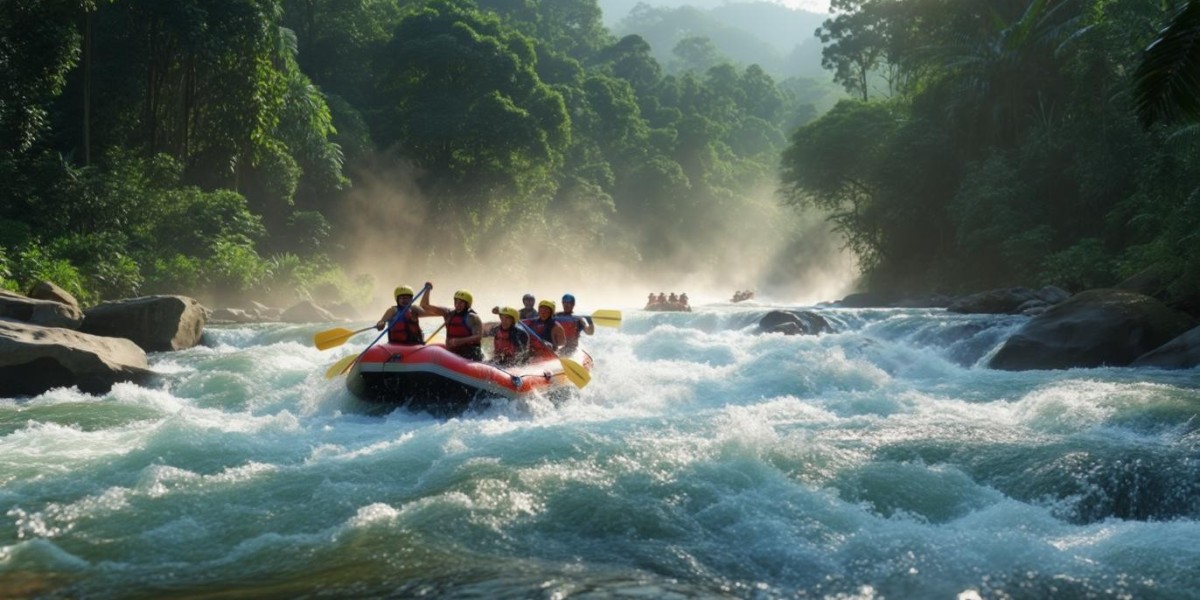Adventure tourism gains much of its excitement by allowing the tourist to step outside their comfort zone. This may be from experiencing culture shock or through the performance of acts that required some degree of risk whether real or perceived. It is also about connecting with a new culture or a new landscape and being physically active at the same time. It is not only about being risky or pushing your boundaries. In fact, it is especially important to know and respect your limits while you are in an unfamiliar area.
Adventure travel is a leisure activity that takes place in an unusual, exotic, remote, or wilderness destination. It tends to be associated with high levels of activity by the participant, most of it outdoors. Adventure tourists expect to experience various levels of risk, excitement, and tranquillity and be personally tested. In particular, they are explorers of unspoiled, exotic parts of the planet and also seek personal challenges. The main factor distinguishing adventure tourism from all other forms of tourism is the planning and preparation involved.
Adventure Tourism Activities
Adventure travellers are early adopters by nature, meaning they are generally more willing to try new destinations, activities, and travel products. Popular activities change rapidly, and it seems there is a new twist on an existing sport every year.
Some activities have low risk and some have high. Adventure tourism activities are classified into two types:
• Hard Adventure Activities.
• Soft Adventure Activities.
Hard Adventure Activities
Hard adventure activities are highly risky and dangerous in nature. These activities are as the following:
• Caving
• Mountain Climbing
• Rock Climbing
• Ice Climbing
• Trekking
• Sky Diving
Soft Adventure Activities
These activities are less dangerous and risk as compared to hard adventure activities. These activities are mostly lead by professional guides. An example of these activities are:
• Backpacking
• Bird watching
• Camping
• Canoeing
• Eco-tourism
• Fishing
• Hiking
• Horseback riding
• Hunting
• Kayaking/sea/whitewater
• Orienteering
• Safaris
• Scuba Diving
• Snorkeling
• Skiing
• Snowboarding
• Surfing
Adventure tourism activities sit well with the environment because the natural world provides us with the resources for many of the activities that provide risk, challenge, sensory stimulus, novelty, discovery, and so on.
Characteristics and Features of Adventure Tourism
The threefold combination of activity, nature, and culture marks adventure travel as an all-around challenge. Some unique characteristics and features of adventure tourism are as the following:
• Physical activity, like involving physical exertion or psychomotor skills
• Contact with nature, activities bringing contact with the natural world in general, or with specific wildlife
• Contact with different cultures, i.e. people, faith, lifestyles
• Journeys for example vehicle, animal, or human power
• Uncertain outcomes
• Danger and risk
• Challenges
• Anticipated rewards
• Novelty
• Stimulation and excitement
• Exploration and discovery
• Contrasting emotions







